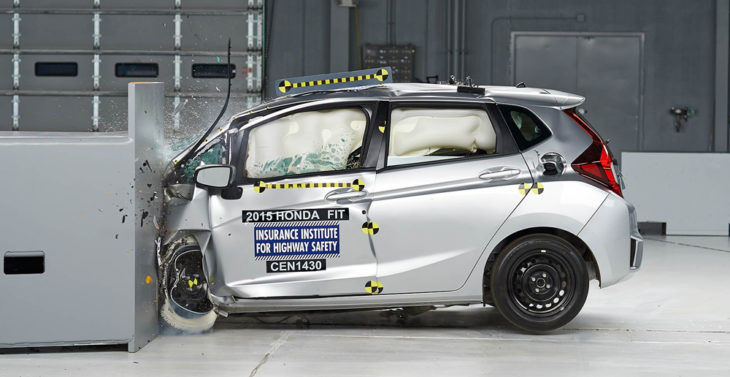The car buying process is a highly personal and emotional one. We all prioritize unique factors and care about different features. But there are two things almost every car owner and driver cares about: safety and performance. The question is, can you get both?
5 Tips for Choosing a Safe, High Performing Vehicle
When it comes to car shopping, most people would prefer to talk about things like interior options, trim levels, colors, body styles, and zero-to-sixty times; however, there’s more to a vehicle than good looks and high speeds. Though it’s not nearly as sexy, the safety features are exponentially more important.
As you shop around for your next vehicle, make sure you’re taking everything into account. If you prioritize both safety and performance, you’ll stand a better chance of purchasing a vehicle you’ll be happy with over the long haul. Though you’ll have to compromise in key areas, it is possible to get both.
In terms of safety, the following tips will allow you to find a vehicle that meets your needs:
- Make a Wish List
The first step is to make a comprehensive list of exactly what it is you want to have in your vehicle. Grab a sheet of paper and draw a line down the middle. In the left-hand column, list the performance features that you want in your vehicle. In the right-hand column, list off the safety features you need.
This list will serve as a guiding force for you. You won’t get everything you want from both of these columns. However, the goal is to get as many as you can from each. In doing so, you’ll maximize your safety and find a car that feels good to drive.
- Research Crash Ratings
In terms of safety, the best way to analyze cars is through the filter of independent safety ratings and crash tests. Specifically, you should look at the aspects of a vehicle that are most vulnerable, such as the sides.
As Rosenfeld Injury Lawyers explains, “Many crashes are T-bone collisions, which place the driver or passenger at greater risk due to an impact from the side. Modern vehicles are designed to distribute the force from a front or rear impact away from the driver or passenger, but a collision from the side can cause severe trauma or death.”
If you’re going to study any crash ratings, be sure to look at side impact crash test ratings. This will give you the most complete picture of a car.
- Consider Safety Features
The safety ratings of older vehicles were exclusively connected to the design of the car’s body, frame, and chassis. Today, safety ratings are also highly affected by the safety features that are built into the models.
As you shop around for your next car, consider advanced safety features like adaptive cruise control, automatic emergency braking, lane departure warning, blind spot detection, rear-view cameras, and safety exit assist.
- Go Heavier
A decade ago, the IIHS performed a series of crash tests to demonstrate how the law of physics impact a car’s overall safety. The results were predictable to those who understand physics, but they bear emphasizing.
“The organization took three small cars that earned top crash-test ratings, and crashed them into midsize cars made by the same car company. In every test, the larger car did a better job of protecting its occupants than did the smaller car,” New York Daily News explains.
Though not everyone needs an SUV or truck, there’s something to be said for purchasing a heavier vehicle that can withstand more force in a collision.
- Buy Newer
As a general rule of thumb, try to buy a newer vehicle whenever you can. You’ll gain access to the latest technology and safety features. You’ll also get more bang for your buck.
Putting it All Together
When buying a car that’s safe and high performing, compromise is the name of the game. The key is to choose your compromises wisely. In most cases, it’s far wiser to compromise on the performance side of things and err towards maximizing safety. What you lose in “cool points,” you’ll more than make up for in peace of mind.









